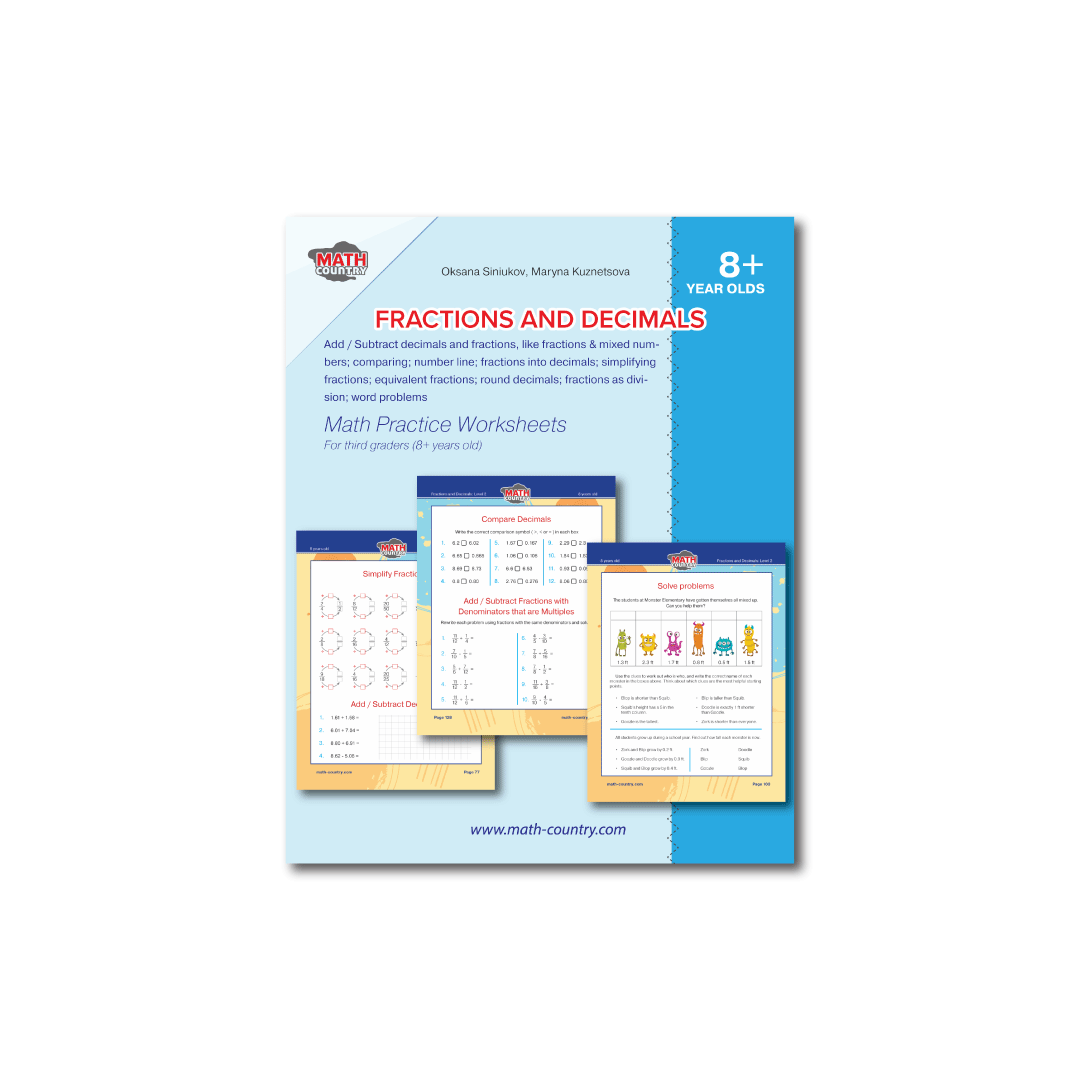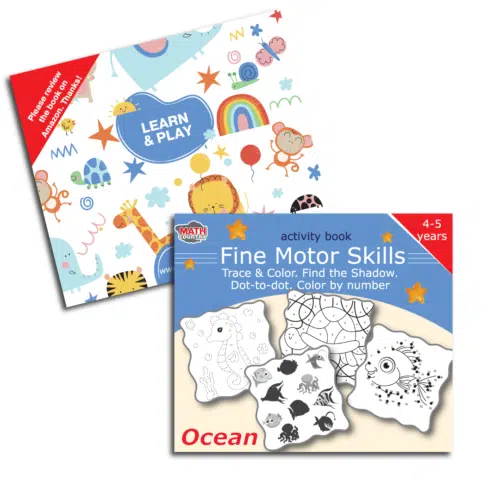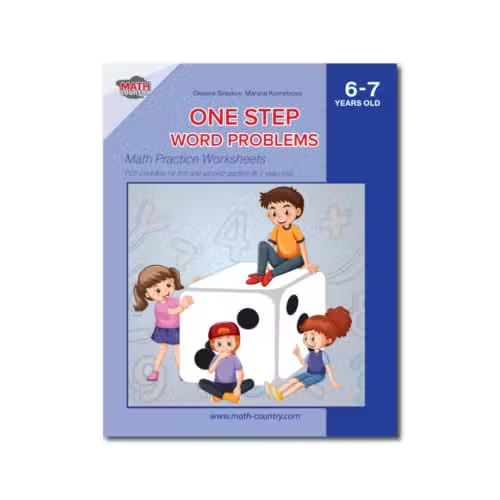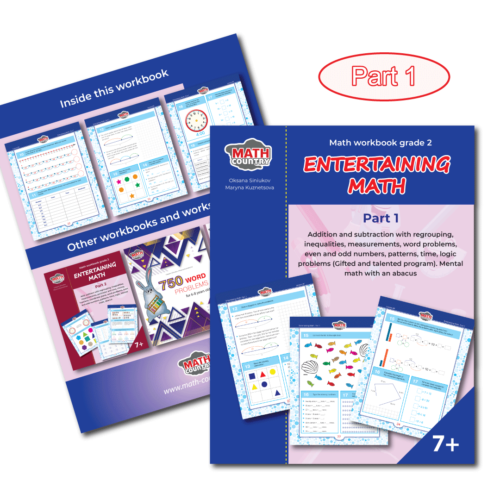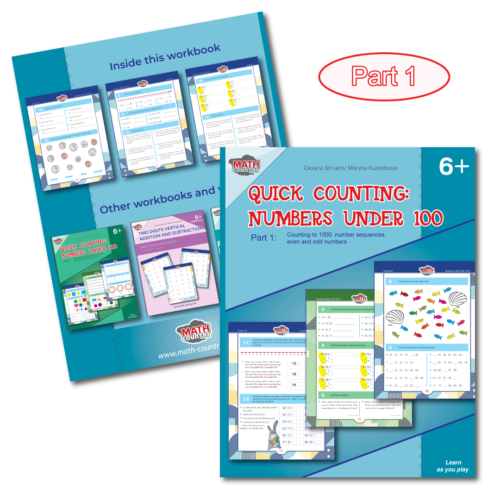Author
Math Country
Share
Author
Math Country
Share
How to Prepare for Gifted Testing?
This is a great question! Typically, you want to prepare your child for the gifted and talented test offered by the typical “test before test” practice. To find out what programs are available in your state, contact your State Department of Education.
Examinations of cognitive or intellectual abilities, often called IQ tests, do not so much pass as they fail.
They are about understanding. Thorough research is designed to help moms and dads understand their children’s strengths and weaknesses in various areas.
The information on these exams may qualify a student for a particular program or determine the educational interventions your child needs.
Test protection does not allow qualified reviewers to share actual test items, so you won’t be able (or shouldn’t) to find actual test items through these prep services.
While knowing some of the items included in these tests may help your child feel more comfortable, I believe that the most effective preparation is for your child to come to the test well-rested and adequately prepared.
A good educator will undoubtedly make every effort necessary to help the child feel comfortable during gifting testing, no matter what information (accurate or inaccurate) the child may have about the process.
Teachers intend to provide accurate information to moms and dads to match a child’s environmental awareness needs, expanding the scope for a practical educational experience. It is unsuitable for an educator to give family test results that can be manipulated, as this can lead to poor academic decisions and upset parents and children. Accurate information leads to correct decisions, which excellent teachers strive to provide.
How do you pass the Gifted and Talented Test?
Below is my GAT recipe for success or a step-by-step recipe for How to Prepare for the Gifted and Talented Test. Ideally, you use all of these practices from birth, but most begin to utilize them when the child is three to five years old or later.
1. Talk A lot
The GAT consists of 75% vocabulary, including quantitative and spatial sections. A child in a house filled with lively conversation will undoubtedly have a more extensive vocabulary. If you don’t speak and your child doesn’t have this habit, get over your math mindset and prepare for tests vocally. As a mathematician, I hate to say this, but analysis is more important for education.
2. Act Like a GAT Parent
Imagine that you know families with really brilliant kids. Imagine a family of incredibly energetic and successful children and act accordingly. Put away the TVs, hide the screens, stop looking at e-mail before the kids sleep, turn off the cable TV, get a small electric piano, and buy lots of art. If you have to wear a spotted tweed coat and say words like “sure” with a raised eyebrow, go for it.
3. Read As Much As Possible As Early As Possible
Moms and dads should read to a child for 30 to 60 minutes every day from birth. Every week, look in the basket for publications on all topics. Search for popular children’s illustrators online and take their publications from the collection. Don’t forget youthful poetry. Discover a great phonetics course, preferably one designed for the gifted.
4. Stop Answering Questions
The gifted and talented test measures the ability to think, not to understand. The test does not require the child to understand anything*, but to be able to analyze the questions. If you tell your children many things, they will learn things. If you get them to solve their questions, they will learn to think, and by the way, those who think will eventually understand much more because they will know how to explore.
* An asterisk here, as a child with an extensive vocabulary (don’t forget the math terms), is more likely to have an edge on gifted and talented exams. To bridge the gap between non-narrative and lively discussion, I maintain a policy of silence in all mathematics. Still, when I read, I usually speak, narrate, demonstrate, etc., in the context of conversations.
5a. Obtain A Stack of Material
Your starting point is a stack of workbooks that your child can make. It’s much easier to start with 15 minutes a day at age 3 (you’ll be lucky if you get 15 productive minutes), but every child should have some math work, a dictionary, and another subject. Look beyond educational programs. It is my top tip under “Get in the game.”
Of course, all of our Workbooks contain problems and exercises that help children learn essential math concepts, develop logical and analytical thinking, improve memory and attention, and stimulate their creativity.
5b. Get Ready To Fall Back
I have never liked kids who start with the full range of skills needed to work at an accessible level. A reasonable degree of reasoning training is the level at which a child will get stuck. If you’re dealing with advanced math and your child is reaching for an unknown and challenging concept, take it easy for a couple of weeks to learn the principle. If your child is dealing with number matrices, look at the top row for a few weeks.
6. Be Tough And Nice At the Same Time
When you start using the best exam prep product back and forth periodically, your child may be perplexed because they have never taken the test before. The child may begin to say, “I can’t do this,” and cry and grumble. I expect this reaction to occur in most children at about six weeks.
On the other hand, if the child doesn’t recognize the question, he must look at it repeatedly, one word at a time. If it is a diagram, the child should carefully describe it. To the question, “I don’t know this,” I answer, “Then discuss it with me at least 200 times.” There is no other way to teach HOW to think. You may teach children WHAT to think, but not HOW. They have to master this skill themself, like riding a bike.
Children make the wrong decision five times, and you may have to back off. Please do not do it. It would be best to ask supportive questions but not give a ready-to-use solution.
In the end, both parent and child learn that discussing a complex problem for 20 minutes is not a punishment, unlike doing 20 uselessly simple problems in the same amount of time. Thus, both learn the key to the GAT. Keep a bag of Skittles or a simple workbook ready for bad days.
Someday, when I have time, I will publish a list of the top 10 instructions, which will be very similar to this list, starting with #5.
7. Create The Word Board
Start uploading new words to a refrigerator or poster board with “Word Board” at the top, and have your child look at the board once or twice a week to find any new words. It’s a beautiful way to catch up on vocabulary and school topics like scientific research. It is a great way to teach public speaking. It’s great for memory.
When you come across related words, feel free to include them.
Interpreting words is just a start. If the child understands the interpretation of the word, ask for basic synonyms, type, part of speech, and other kinds of examples and categories, and add phonetic analysis, etymology, and Greek or Latin origin.
It is not an alternative to flash cards or technique books. This is an entirely different lifestyle option.
8. Set Your Expectations At Zero
You do not know how your child will likely behave on any given day. In the workplace, various cognitive skills, the ability to communicate with perseverance, and working memory change daily depending on many factors such as rest, fatigue, and well-being. You have no way of accurately assessing any of this. If your child finds out, he doesn’t live up to your assumptions. The dire situation will only worsen.
9. Start Slowly
In almost every case, the material I have chosen for the primary educational program takes about 2-3 weeks to complete the first lesson. When I stated “textbooks your child can do” in #5 above, I meant “textbooks your child can’t do.” No one discovers anything from the material they currently understand. A highly educated child may spend 20 minutes on two pages, and a child two years behind will spend 45 minutes on one page and be wrong most of the time. The speed increases almost magically in the following months. The child is stuck in this complex case and is trying to do it because they have no choice. Children tend to improve with what they do daily, and eventually, the speed increases.
10. Do Not Forget About The Second Child
I’ve seen some moms and dads lose their heads after giving so much attention to their first child, and 95% of the kids in the GAT programs were older. It should be easier with the younger ones, despite receiving a maximum of 50% of the percentage their older brother or sister estimated, but they get a more experienced parent.
Stay in the loop

